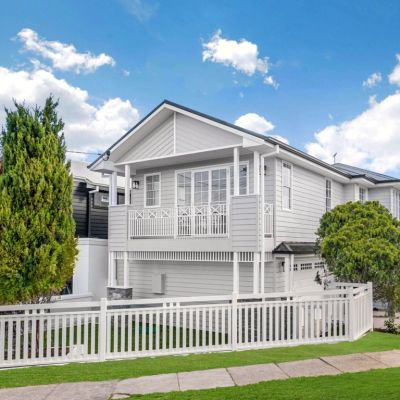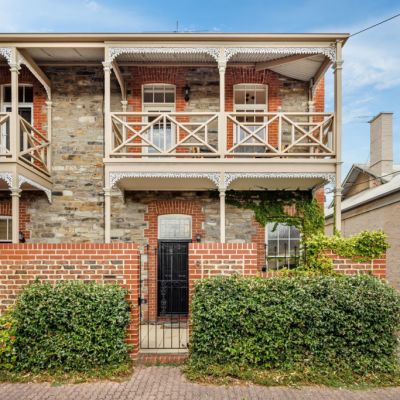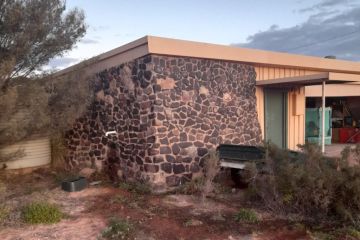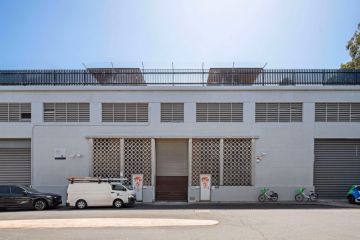Shock house price predictions for 2025 show where prices will keep rising – and falling
The Australian property market has been called many things – expensive, unbelievable, impressive and unpredictable – but it has never been called dull.
Despite a massive slowdown in property price growth this year, the Domain End of Year Wrap 2024 report predicts house prices across each capital city will increase, especially during the second half of the year when interest rates are cut – essentially dividing 2025 in half.
“We are likely to see much weaker conditions coming out of Australia’s housing market over [the first half] of 2025, but I think we have to remember that once we start to see rates being cut, that’s what’s going to create this year of two halves,” with stronger conditions in the second half, says Domain chief of research and economics Dr Nicola Powell.
| House price forecast | Unit price forecast | |
| Sydney | $1.720m to $1.753m | $847,000 to $864,000 |
| Melbourne | $1.054m to $1.075m | $561,000 to $572,000 |
| Brisbane | $1.044m to $1.064m | $653,000 to $665,000 |
| Perth | $966,000 to $984,000 | $573,000 to $584,000 |
| Adelaide | $1.041m to $1.060m | $542,000 to $553,000 |
| Canberra | $1.113m to $1.135m | $503,000 to $513,000 |
| Capitals | $1.213m to $1.236m | $682,000 to $695,000 |
| Regionals | $635,000 to $648,000 | $488,000 to $497,000 |
By the end of 2025, the median house price in the combined capital cites is forecast to have risen by 5-7 per cent, bringing it to $1.213 million. Perth is predicted to lead the growth with a surge of 8-10 per cent bringing its median to $984,000.
One of the most confronting changes for Australians in 2025 will be the fact that five out of the eight capital cities will have a median house price of $1 million or more, Powell says.
“There is something about $1 million that seems so much more unachievable than $900,000,” she says.
| Location | House | Unit |
| Sydney | 4% to 6% | 4% to 6% |
| Melbourne | 3% to 5% | -2% to 0% |
| Brisbane | 5% to 7% | 7% to 9% |
| Perth | 8% to 10% | 8% to 10% |
| Adelaide | 7% to 9% | 7% to 9% |
| Canberra | 3% to 5% | -4% to -2% |
| Regional NSW | 2% to 4% | 1% to 3% |
| Regional Vic | -5% to -3% | -2% to 0% |
| Regional Qld | 6% to 8% | 5% to 7% |
| Capitals | 5% to 7% | 3% to 5% |
| Regionals | 2% to 4% | 2% to 4% |
| Australia | 4% to 6% | 3% to 5% |
“Sydney, Melbourne, Canberra, Brisbane and Adelaide – five of our eight major capital cities with a $1 million median house price – is eye-watering to your everyday Australian.”
Perth is also on a trajectory to hit the $1 million milestone, Powell says, but she believes it won’t happen until 2026.
While prices are expected to grow in the second half of the year once the RBA issues its anticipated cash rate cut, Powell believes prices won’t skyrocket because the market is still experiencing massive affordability issues.
AMP Capital chief economist Shane Oliver agrees.
“The bottom line is that the starting point, the next upswing in the property market, is one of worse affordability,” he says. “Price-to-income ratios are higher and will probably have higher interest rates.
“The rates aren’t going to go back to the previous lows [of 0.10 per cent]. So consequently, the upswing is going to be a lot more constrained.
“We’ll probably see three cuts, which will probably take the cash rate from 4.35 per cent currently to 3.6 per cent, but that means mortgage rates will probably be averaging 6-6.5 per cent or 5-5.5 per cent,” he says.
Currently, the big four banks are split 50-50 on when the first cash rate cut will occur. Commonwealth Bank and ANZ forecast it will happen in February 2025, but NAB and Westpac have tipped the rates will not move until May 2025.
| Dec 24 | Mar 25 | Jun 25 | Sep 25 | Dec 25 | |
| Westpac | 4.35% | 4.35% | 4.10% | 3.85% | 3.35% |
| NAB | 4.35% | 4.35% | 4.10% | 3.85% | 3.60% |
| CBA | 4.35% | 4.10% | 3.85% | 3.60% | 3.35% |
| ANZ | 4.35% | 4.10% | 3.85% | 3.85% | 3.60% |
However, they all agree that the cuts will not bring back the fiery price growth or the intensity of the fear of missing out (FOMO) seen in the past.
“We’re not expecting a radical easing cycle, so I don’t think the response in terms of property prices will be too sizable,” says CBA head of Australian economics Gareth Aird.
“The market in Sydney and Melbourne right now is pretty soft, so you would expect it to stay that way until rates come down, and then, assuming the RBA cuts, you’ll get a little bit of support [in price growth] then coming through the market.”
Unlike price changes, FOMO is more difficult to forecast, and while Aird believes it won’t hit in full force like it did when the cash rate was at 0.10 per cent, it will “pick up prices quite quickly.”
“If rates come down and unemployment is quite low, then [FOMO] momentum can pick up relatively swiftly,” he says. “But our expectation is for about 5 per cent growth nationally.”
In 2023 and 2024, while FOMO existed, it wasn’t the primary driver of price growth during a period of heightened interest rates, says Westpac senior economist Matthew Hassan. Instead, the drivers were the growing population and renters needing to enter the property market sooner due to the heightened rental market.
“The markets that saw the biggest shift in population and growth in vacancies [were] really tightly correlated with the price acceleration,” he says.
For example, Perth and Adelaide have some of the lowest vacancy rates (0.5 per cent and 0.4 per cent, respectively) and experienced some of the highest annual price growth rates nationally (25.3 per cent and 16.9 per cent, according to Domain data.
“That’s falling away now,” Hassan says. “Population growth is moderating, our rents are stabilising, and I think we’re calming down a bit in that respect [of many people entering the property market].”
While FOMO could affect property prices, Hassan says the change in the unemployment rate will be a more significant factor in how quickly prices will grow in the second half of the year, when Westpac predicts the first cash rate cut.
“Job security is a huge deciding factor for purchases, and that’s improved substantially over the last couple of months, and people aren’t fearful about job loss,” Hassan says.
Aird agrees, saying: “It’s going to be heavily contingent on not just when the RBA moves, but what the easing cycle looks like; how low unemployment is at the time.”
We recommend
States
Capital Cities
Capital Cities - Rentals
Popular Areas
Allhomes
More










